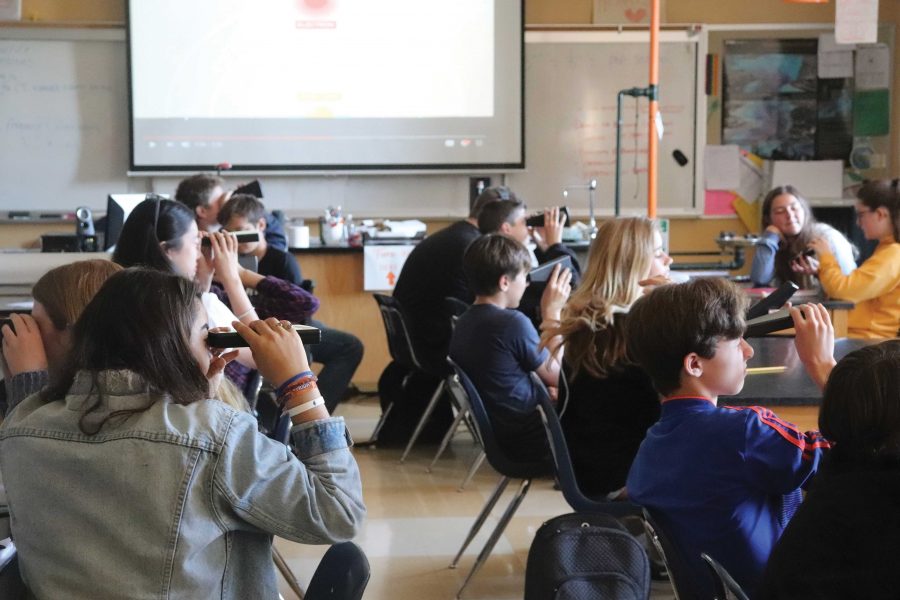Starting this school year, the Tamalpais Union High School District (TUHSD) has begun phasing out the Integrated Science program. The new program, Next Generation Science Standards (NGSS), complies with new California science standards that were adopted in 2013.
The NGSS program is not a curriculum, but rather a standard provided by the state of California that gives educators an outline of goals to guide science instruction. This means that it is up to the teachers to design a curriculum based off of the standards. To form a curriculum, the district created a committee of Tam, Redwood, and Drake teachers who met periodically at Redwood over the course of last school year.
Previously, underclassmen were required to take two years of Integrated Science — IS 1-2 freshman year and IS 3-4 sophomore year. Integrated Science 1-4 will be replaced by three science classes spanning freshman to junior year. The three sequential classes are Physics in the Universe, The Living Earth, and Chemistry in Earth Systems. Students may choose to double up on The Living Earth and Chemistry in Earth Systems their sophomore year to allow more time for electives as upperclassmen. Another option for sophomores and juniors is to take a science elective of their choice concurrently with their NGSS class.
Only this year’s freshman class is experiencing the new curriculum. Current sophomores, who are taking IS 3 and 4, will be the last class to do so, with next year’s sophomores continuing their track with the NGSS curriculum.
According to science teacher Simon McBride, these classes will replace some corresponding science classes but not all. “They’ll replace regular Chemistry. There will be no more Honors Chem, but there will still be AP Chem,” McBride said. “It will not replace senior physics, because there’s a gap there between freshman physics, because freshmen are only capable of doing certain things.”
Students will receive one “d” or “Lab Science” credit after the completion of the curriculum. UC’s and CSU’s require a minimum of two “d” or “Lab Science” credits, meaning that in order to apply to a UC or CSU students would have to take an additional “d” credit science class senior year, or concurrently with the new program.
Science teacher Quinlan Brow is optimistic about the new program, as it allows for a more focused approach to learning. “We get to dive in deeper to a lot of the physics concepts instead of kind of just touching on them,” he said.
Freshman Rosemary Rush has enjoyed this level of focus. “I feel that the teacher tailors our classes with the best interest of the student in mind in that we are constantly involved and immersed in the subject that we are covering,” she said.
The developers of the program pride themselves in “three-dimensional learning,” an approach meant to encourage hands-on, interactive learning. This style of teaching was inspired by the National Research Council’s “A Framework for K-12 Science Education,” according to the NGSS website. “We’ve got a whole bunch of new equipment and kind of things to assist with doing a lot of interactive demos, a lot of hands-on labs,” Brow said.
Rush has enjoyed this approach so far. “Every period, we have been engaged in groups as well as individual assignments that are project-based. I feel that this approach has really helped me learn more about the material,” she said.
Photo by Zoe Cowan


